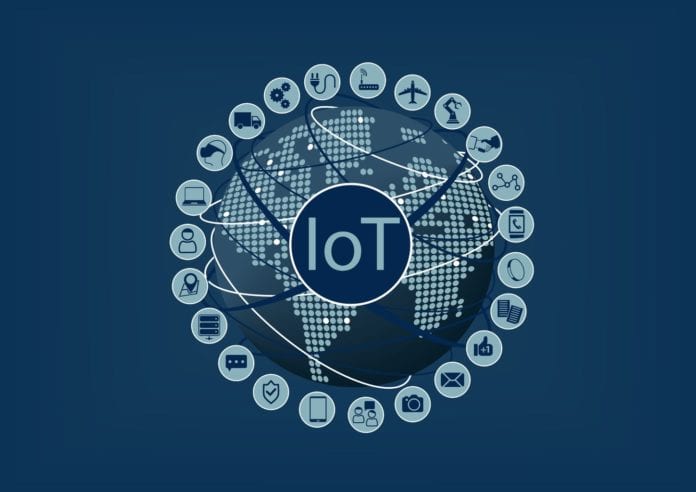AT&T adds second low-power, wide-area IoT network
AT&T has officially launched its narrowband internet of things network in the U.S., which joins its existing LTE-M network to add a second low-power wide-area network option for IoT uses. In a blog post from Chris Penrose, SVP for AT&T IoT Solutions, he wrote that the expansion of IoT network options “will help unlock the next wave of IoT connections” and is “a big step toward massive IoT and 5G.”
The carrier said that it will expand NB-IoT connectivity to its network in Mexico later this year, which Penrose said would be “the start of a unique North American footprint.”
Penrose said that NB-IoT, which was deployed via an upgrade to AT&T’s existing LTE network sites, is “optimized for stationary use cases with basic data requirements”: simple sensors, smoke detectors, door locks, industrial monitors, smart agriculture uses, and so on.
LTE-M, meanwhile, has higher bandwidth and the ability for full mobility and voice as well as firmware and software updates, according to AT&T. Penrose said that some of the device types deployed on its LTE-M network include medical wearables, utility meters, pet trackers and devices for asset management.
“With NB-IoT, we now have two complementary Low-Power Wide Area networks – including our LTE-M network in the U.S. and Mexico. Both networks are designed for the IoT within licensed spectrum and provide carrier-grade security,” Penrose wrote, adding “Having both networks offers our business customers more options to implement IoT solutions with security, interoperability, and lower costs.”
He went on to say that AT&T is working with its suppliers to certify $5 NB-IoT device modules, and that “multi-mode modules that support both NB-IoT and LTE-M are not far behind.” Penrose also noted that AT&T has an integrated IoT module in the works that includes prepaid IoT connectivity.
The GSMA has said that IoT network coverage was expected to reach 93% of the world’s biggest IoT markets by the second quarter of this year. GSMA Intelligence has predicted that there will be 3.5 million cellular IoT connections — including 1.9 billion licensed LPWA connections — by 2025.

